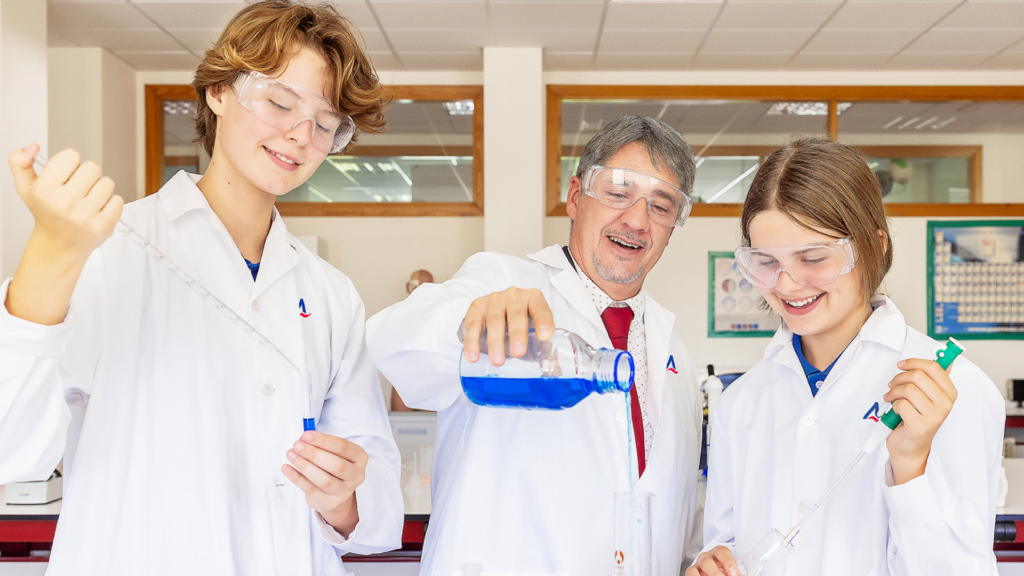The new PISA results from the OECD make grim reading for many countries around the world where there has been an “unprecedented” drop in student performance.
While it would be easy to pin the blame entirely on COVID, the report states: “Trend analysis of PISA results reveals a decades-long decline that began well before the pandemic”.
Analysts have pointed to a long-term lack of resourcing for education systems as one reason for the sharp fall in PISA results, especially in Europe.
Investing in teachers

If governments want to get to the root of the problem and improve student performance, then the first thing they need to do in terms of resourcing is invest in teachers. That means paying teachers more and properly funding their continuous professional development.
This is vital to solve the teacher recruitment and retention crisis which must be addressed if we are to achieve universal quality education and turn around declining student performance.
School culture
Pay and professional development are two levers education systems and schools have at their disposal, but they are not the only ones. In fact, they are two pieces of the much larger puzzle of school culture.
Creating an environment in which teachers thrive allows education to flourish. It enables teachers to feel empowered, supported, and inspired to be the difference young minds need.
But this is easier said than done and unfortunately, in many parts of the world, teachers find school culture could be improved.
Our survey of the 200,000 members of our global teacher community revealed that 86% would like more professional development opportunities, while 61% say their school leaders need to communicate more effectively. Our community saw a clear school vision and strong leadership as the most important factors for school culture, while they ranked a supportive working environment and professional development above all other factors for job satisfaction.
Defining school culture

Part of the problem is that school culture is often difficult to define, let alone measure. What makes great leadership and vision? How do the best leaders communicate well? How can you measure a supportive working environment? How can success be objectively analysed and benchmarked?
It’s these questions that led us to found Best School to Work as the gold standard for good school culture. It’s an independent, evidence-based mechanism for certifying those schools that have built the best working environments for their educators, but also providing detailed feedback, actionable insights, benchmarking data, and courses led by award-winning school leaders to help everyone raise their standards.
The hidden curriculum
When it comes to setting up children for success from an early age, research tells us about the importance of foundational numeracy and literacy. There must also be a huge focus on early childhood education initiatives. And we must recognise the necessity of teaching STEM, while never forgetting the educational value of the creative subjects, or of so-called 21st century skills.
These are all aspects of the curriculum, which education systems must account for, but beyond this, the key to boosting student performance can be found in the hidden curriculum. These are the implicit values that constitute a school’s organisational culture.

One element of this is what is conveyed to students by teachers, often unintentionally, but influences their attitudes and beliefs, be it their work ethic, their capacity for critical thinking and a global outlook, or their views on inclusivity and equity.
But that’s only one aspect of the hidden curriculum. The other side, which is buried even deeper but is fundamental to a school’s ability to flourish, is the culture in which its teachers find themselves. If the hidden curriculum is often seen through the prism of creating a positive learning environment, it is a necessary first step to create a positive teaching environment.
Turning around declining student performance
By getting these elements of the hidden curriculum right, by properly resourcing schools and investing in teachers, and by focusing on transforming school culture, we can fix the teacher recruitment and retention crisis and we can build environments in which students flourish because their teachers flourish.



